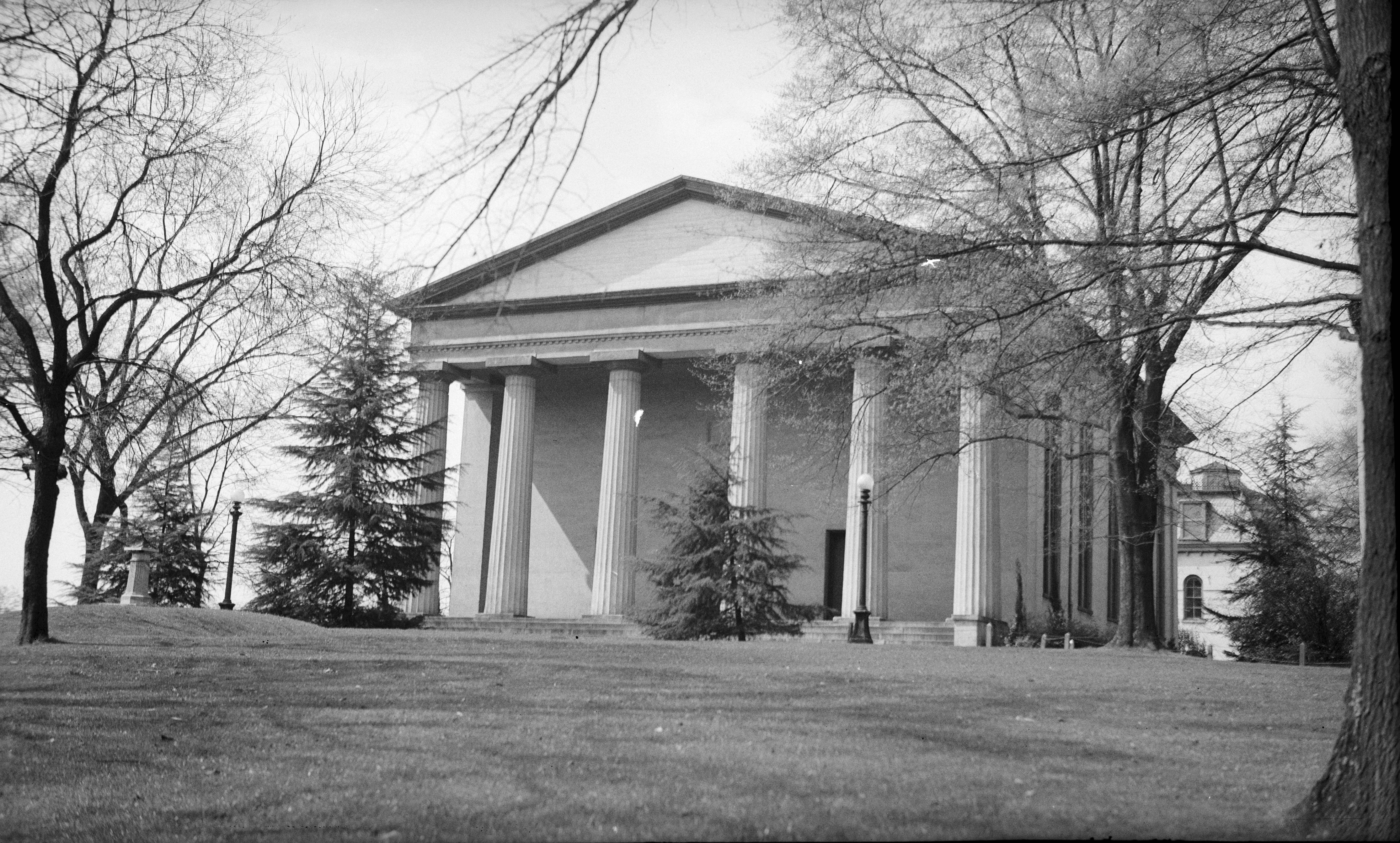By: Mark Rush

Bring out the cake, party hats, and balloons! Our dear UGA celebrated its birthday this past week. At 229 years old, the Bulldog Nation can be justifiably proud of its university’s legacy and timeworn traditions. However, this occasion has another special meaning: the founding of UGA signifies the birth of state-funded higher education in the United States. This distinction of first in the nation gives UGA a significant role in this country’s history. This role is critical in determining UGA’s future and the legacy it will continue to leave. With a new administration in charge, the university must continue to pave the way for affordable and quality public higher education and to shape the debate over the American university system.
On Jan. 27, 1785, the Georgia General Assembly officially chartered the University of Georgia as a state-funded institution of higher learning. This was a first in our young nation’s history when most colleges were private and backed by religious denominations. More than 40,000 acres of land had been set aside the previous year to provide funding for the proposed college, predating the idea of a land-grant university. While the school did not see its first graduate until 1804, this extraordinary act of policy paved the way for institutions such as the University of Virginia, the University of Michigan, and, yes, even the University of Florida.
The remarkable part of UGA’s chartering rests with our honored founder, Abraham Baldwin. Originally from Yale University, Baldwin was an important statesman in the colonial period (his ties to the Yale bulldogs are said to have inspired our mascot). He crafted the university’s charter, which laid the foundation for public higher education. Baldwin’s ideas reflected the egalitarianism of the revolutionary period in the United States. The charter’s contents highlighted the idea that education was for all citizens (although the concept of citizen was still limited) and not simply the privileged. The existing private schools focused mostly on educating children of wealthy families and paid little attention to other constituencies. To Baldwin, education was a critical piece of democracy, so it followed that states should play a role in providing higher education for citizens outside of the upper classes. Drawing from these ideals the actual institution of UGA took root. In the following decades, others, mostly southern states, followed with state-funded colleges, but it was not until the 1862 Morrill Act that the modern public higher education system took hold. Georgia’s initial effort set a precedent for the nation.
This year’s Founder’s Day was unique in that it was the first for Baldwin’s newest successor. President Jere Morehead delivered his first state of the university speech a week prior to Founder’s Day. His speech paid homage to UGA’s history as the birthplace of public higher education, but it also looked to the future. He compared this institution with other, similar public universities, but explained that UGA’s focus should remain on affordability. “We must never forget that our tuition and fees constitute a lot of money to students and families striving to realize the dream of achieving a UGA education. Keeping that dream available for as many as possible should be a priority for all of us,” he said. This sentiment echoes that of Abraham Baldwin who founded this university to serve the many instead of the few.
At a time of soaring tuition and shrinking state support for higher education affordability presents UGA with an opportunity to lead the nation. UGA has consistently been recognized as a best value university. Measures such as the HOPE scholarship have helped keep UGA affordable for in-state students. Georgia has not been immune to difficult financial decisions, but President Morehead’s words are encouraging. It is a frightening status quo when the value of education in society begins to be questioned. The true purpose of public higher education was expressed in the founding of UGA and the United States has a lot to lose if state funded institutions begin to privatize or disappear. High-profile public schools like the University of Virginia have recently been taking steps to act more like private universities. Public institutions provide a way for less privileged Americans to attend college. The total price of public universities for in state-students costs more than $20,000 less per year than private universities. This vast price difference makes higher education feasible for students. Without publicly funded colleges and universities, the country risks sinking back into expensive education only for the very wealthy. A renewed focus on affordability will help combat the current state of public higher education. If the university can present a model of a high quality, yet inexpensive education it will provide an example for all public colleges.
When reflecting on UGA’s 229 years, it is important to understand that this institution must continually grow to meet the demands of Georgians and Americans. We can take pride in being a part of the original public university, but we must look ahead. Rising higher education costs are a paramount problem in our society. The University of Georgia charter concludes that a well-educated citizenry is critical to any democracy. The same tenets that led the General Assembly to create a university in Athens must be applied to the current state of higher education if Georgia wants to reclaim its status as the country’s educational leader.


